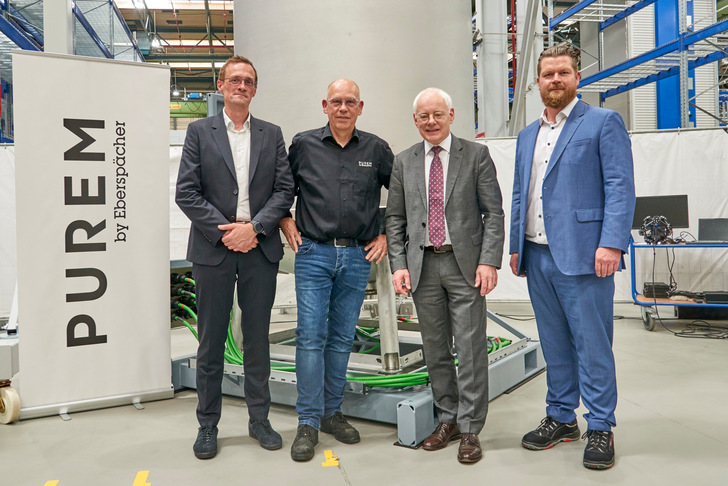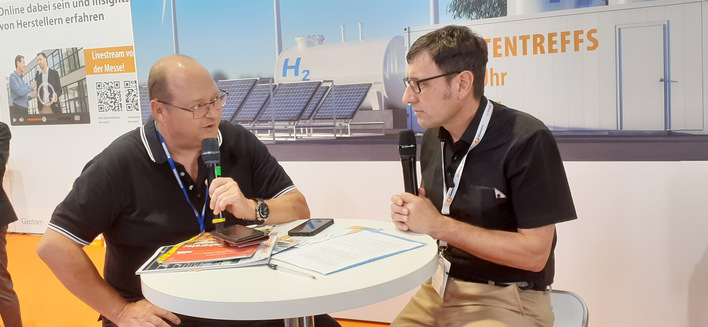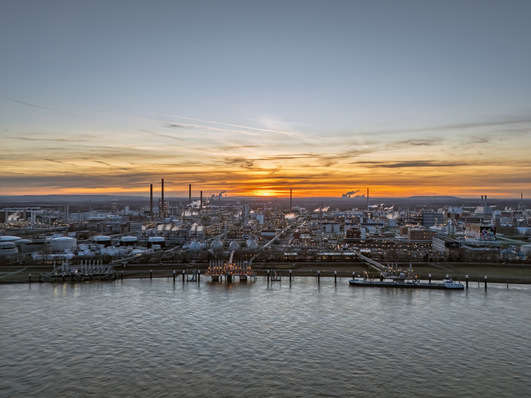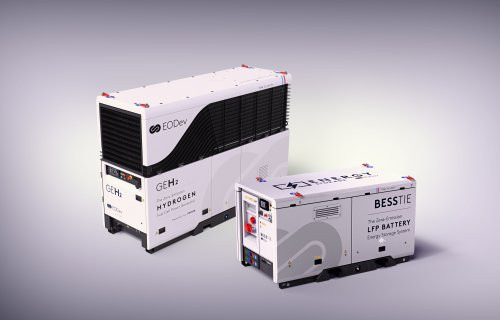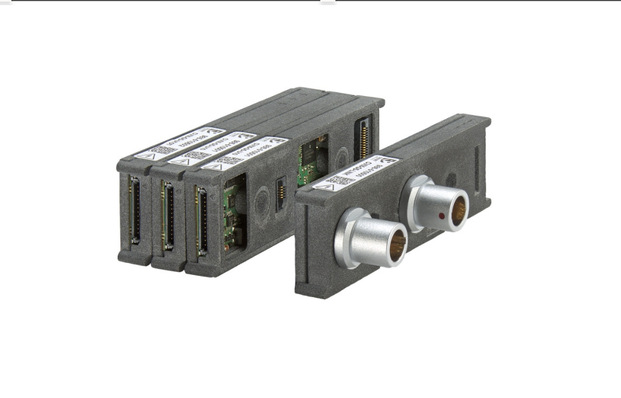The exhaust and acoustic systems specialist Purem by Eberspächer has unveiled the first pressure vessels for solid oxide electrolyzers (SOEC) at its Neunkirchen facility in southwestern Germany. The components were developed as part of a partnership with Danish technology company Topsoe. The aim of the collaboration is to advance the industrial-scale production of high-temperature electrolyzers for green hydrogen generation. Purem by Eberspächer is both a subsidiary and a brand of the automotive supplier Eberspächer and was established in 2021 following the spin-off of the company’s Exhaust Technology division.
Topsoe’s SOEC technology uses steam and electricity to produce hydrogen with high efficiency. The pressure vessels are the core component of the electrolyzers, where the electrochemical reaction takes place. In addition to manufacturing the vessels, Purem by Eberspächer is also producing other steel components for the systems.
“We have developed a high-performance electrolysis technology to support green hydrogen production. We are pleased to collaborate with Purem by Eberspächer to further strengthen our supply chain and leverage the company’s extensive industrial expertise,” says Kim Hedegaard, CEO Power-to-X at Topsoe.
Purem by Eberspächer aims to expand its role in the hydrogen market
To produce the SOEC components, Purem by Eberspächer has established new manufacturing capabilities at its Neunkirchen site. These include training in specialized welding technologies and preparations for certifications beyond the traditional automotive sector. According to the company, series production of the pressure vessels is scheduled to begin by the end of 2025.
“We are positioning ourselves for the future and increasingly focusing on new business areas,” says Benjamin Brenkel, Executive Vice President and Head of the Business Unit Europe at Purem by Eberspächer. The company, headquartered in Esslingen, Germany, aims to strengthen its presence in the growing hydrogen market.
Topsoe’s SOEC technology is characterized by high efficiency and relatively low energy consumption. The hydrogen produced can be used in a variety of applications, including the chemical industry, steel production, and the synthesis of e-fuels.


